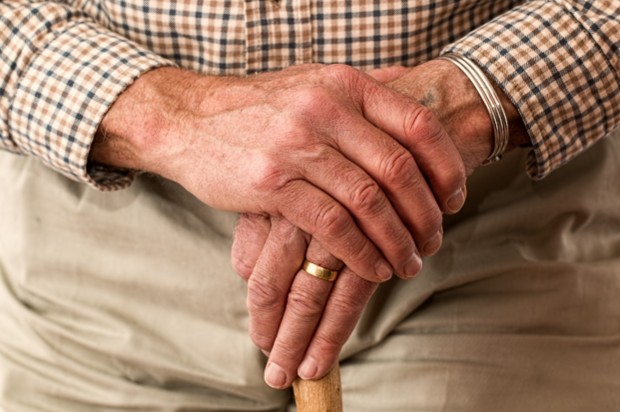Being a homeowner is one of life’s most rewarding milestones. But it can become increasingly difficult to get around when you become a senior with a mobility issue. One in five seniors has such a problem. Not including those hospitalized or in a home. There’s no reason why you still can’t enjoy your surroundings. All it takes to continue living a happy and comfortable life is a few strategic modifications based on your limitations.
Home Modifications
Along with knowing what your physical limitations are, before doing any modifications. Do a thorough walk-through of your home to figure out which changes would benefit you the most. Some things to consider include:
-
Removing Tripping and Slipping Hazards:
Reduce the risk of slipping/falling by swapping out slippery surfaces. Like changing shiny, smooth tiles for those with greater traction (i.e., surfaces with a higher coefficient of friction value). Ridged flooring and low-pile carpeting are also good choices. Grab bars in the bathroom make personal care easier and safer. Note that grab bars should bear at least 250 pounds. And likely require professional installation to make sure they have proper structural support.
-
Room Accessibility:
If stairs become challenging to the point that they become hazardous, consider installing a chair lift. Widening doorways can make it easier to get in and out of rooms if you’re in a wheelchair. If that’s not an option due to cost, you can install expandable hinges in a matter of minutes.
-
Kitchen Accessibility:
If you spend the majority of your time in a wheelchair, you will need to lower countertops. Shelving, and applicable surfaces to make it easier to reach appliances, prepare a meal, etc. Consider replacing tricky appliances with less complicated models. Attach them to the countertop to make them easier to handle. If the space has an island, consider removing it to free up more space to move around. Note that if you want to keep it, there should be at least a 42-to-48-inch gap between the island and the countertops. In order to get around easily with a wheelchair. Revamp storage space to make sure you can reach everything easily. Pull-out cabinet drawers and organizers are good options.
- Bathroom Accessibility:
Spacious curbless showers can accommodate a wheelchair or make it easier to access without having to step over anything. Bonus points for making it look spa-like—not something you’d see in a hospital setting. A comfort-height toilet makes it easier to get up and down. But you have to make sure you find the right level. On the luxurious side, smart toilets clean and dry the user. Keep in mind that this option can present installation challenges because it involves electrical wiring.
Know When It’s Time to Downsize
Sometimes modifications aren’t the answer. If your home is simply too large and difficult to maintain, it can be a good idea to downsize. Consider a one-story home with a stair-free entrance or even a condo so you don’t have to take care of a lawn. As an added bonus, you’ll have lower monthly expenses, so you’ll have some extra cash in your pocket to do the things you enjoy. If you take the correct steps to downsize, you can make money off your home—especially if you make home improvements to increase its value.
Home modifications can be expensive, but there’s help. There are several financial aid options available. Don’t let the fear of cost prohibit you from putting safety first. Once you’ve modified your home for mobility issues, you’ll be able to continue to live a satisfying life.






